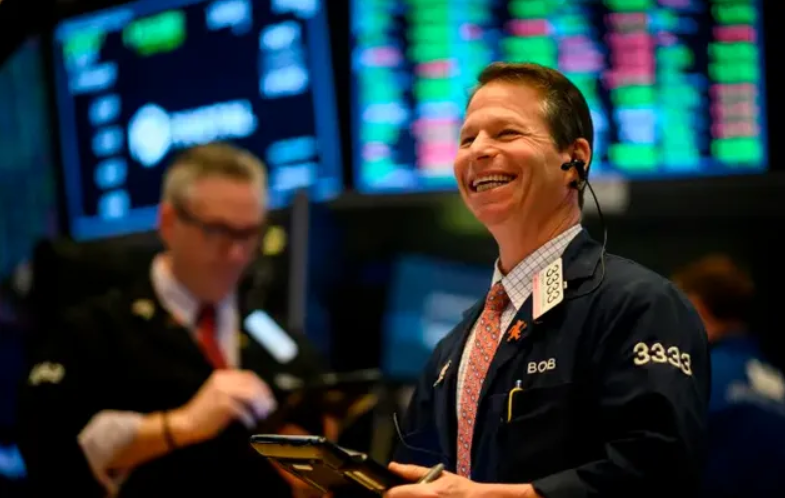 |
| Stocks rise after US-China trade deal |
Pause but instability remains
The temporary truce is said to have failed to resolve core disagreements that led to trade tensions, including the US trade deficit with China and US President Donald Trump's demand that Beijing take more drastic action to control the fentanyl crisis in the US.
While investors welcomed the deal, the business community still expressed a desire for more clarity.
Under the agreement, the US will reduce the additional tariffs imposed last month on Chinese imports from 145% to 30% over the next three months. In return, China will reduce its import tariffs on US goods from 125% to 10%.
In addition to the tariff reductions, China also agreed to remove export countermeasures imposed after April 2, including restrictions on rare earths and magnets - items that are essential to high-tech manufacturing, US Trade Representative Jamieson Greer told Fox News.
Global financial markets have reacted positively to the cooling of the trade conflict that has stalled about $600 billion in bilateral trade, disrupted supply chains and led to a wave of job cuts.
Following the news, Wall Street's major indexes closed with strong gains, with the S&P 500 hitting its highest level since March 3, while the Nasdaq Composite hit its highest level since February 28. The US dollar rose, while gold prices fell slightly after the news, reflecting less concern about the negative impact of the trade war, although not yet completely reassured.
President Trump and his allies hailed the deal as evidence that his aggressive tariff strategy is working, after the US reached preliminary agreements with Britain and now China.
“They agreed to ‘open up’ and I think that will be great for China and great for us, and great for peace and cooperation,” Mr. Trump said at the White House.
But it remains unclear whether the deal will address the massive trade imbalances that have undermined U.S. manufacturing. Even U.S. Treasury Secretary Scott Bessent, who negotiated the deal in meetings with his Chinese counterparts in Geneva over the weekend, acknowledged that it would take years to restructure the trade relationship between Washington and Beijing.
Chinese state media said Beijing remained steadfast on core principles, but opened the way for greater cooperation with the United States, a marked shift from its tough tone just a week earlier.
“China-US economic and trade cooperation has a solid foundation, huge potential and wide space,” state broadcaster CCTV said in a commentary.
During his 2024 campaign, Mr. Trump has emphasized his commitment to tackling unfair trade practices and restoring domestic manufacturing capacity, and he enjoys strong support from working-class people in industrial states like Michigan and Pennsylvania, which have lost hundreds of thousands of manufacturing jobs over decades.
However, Mr. Trump’s tax policy has also faced opposition from many interest groups. Small businesses and the transportation industry are concerned about negative consequences, while American consumers fear rising prices.
Expert Scott Kennedy of the Center for Strategic and International Studies (CSIS) commented that the Trump administration needs to adjust its policy soon if it does not want to cause serious damage to the US economy: “This is completely a step back from the US side, not a concession from China. The US is the one who initiated and escalated the trade war. China only responded and now they are only withdrawing retaliatory measures.”
However, Ms. Kelly Ann Shaw, a lawyer at Akin Gump Strauss Hauer & Feld, who was a top trade adviser during Mr. Trump's first term, said that the President is doing exactly what he promised voters.
“He is taking action to address imbalances in the trade relationship,” she said, acknowledging that 90 days was too short a time to address complex issues such as non-tariff barriers, including subsidies to capital and labor.
The “sometimes hard, sometimes soft” approach
In an effort to reduce the trade deficit, Mr. Trump has imposed a series of new tariffs on many partners, especially China, a country he accuses of being involved in the fentanyl crisis in the US.
The instability of his approach has roiled financial markets and hurt domestic approval ratings, as American voters worry that prices for everything from toys to cars could rise due to import tariffs.
The remaining tariffs on Chinese goods remain in place, on top of the old tariffs. Since his first term, Mr. Trump has imposed a 25% tariff on many industrial goods from China, and a lower rate on some consumer goods.
The deal does not adjust those tariffs, nor does it change the 100% tariffs on electric vehicles and 50% tariffs on solar products imposed by former President Joe Biden.
Retailers will likely wait before adjusting their import plans, as the 30% tariff is still enough to push up retail prices, said Gene Seroka, director of the Port of Los Angeles, the largest maritime gateway in the United States and a top destination for goods from China.
The deal also does not restore the “de minimis” tariff exemption for low-value e-commerce orders from China and Hong Kong, which the Trump administration rescinded on May 2.
However, this tax cut is still much lower than the 80% level that Mr. Trump proposed last week, surprising analysts.
Logistics industry representatives said the temporary tariff reduction could spur companies to resume deliveries while tariffs are low, but uncertainty about the final deal could make businesses hesitant to ramp up import volumes.
Mike Abt, co-president of Chicago-based consumer electronics maker Abt Electronics, said the company is slowly working through inventory it built up before the tariffs were imposed.
“What people expect is consistency and that's the hardest thing about this whole thing,” he said, adding: “It's constantly changing, like the game of Risk, you never know what the right move is.”
Within the administration, the interim deal is seen as a victory for Mr. Bessent, who had proposed a 90-day ceasefire to create room for negotiations.
“Both delegations agreed that neither side wants a split. We both want a healthier trade balance, and both sides are committed to achieving that,” Mr. Bessent said after the talks in Geneva.
Mr. Bessent also revealed to the US media that the two sides have not yet set a date for the next meeting, but are ready to resume negotiations.
Source: https://thoibaonganhang.vn/chung-khoan-khoi-sac-sau-khi-my-trung-dat-thoa-thuan-thuong-mai-164058.html


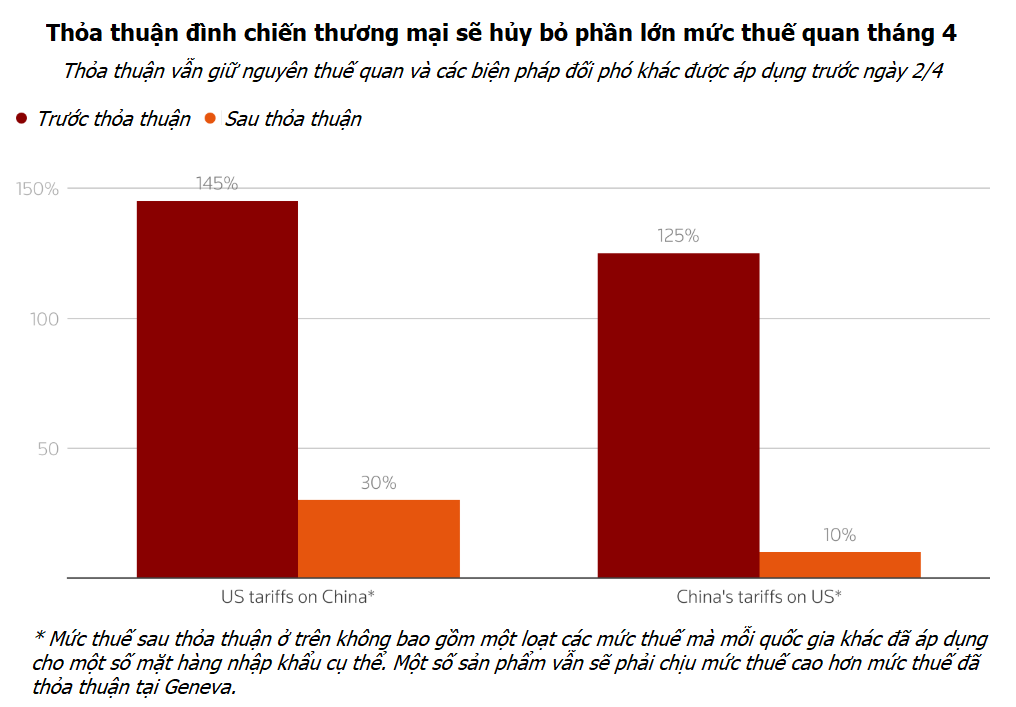


![[Photo] Prime Minister Pham Minh Chinh chairs conference on anti-smuggling, trade fraud, and counterfeit goods](https://vphoto.vietnam.vn/thumb/1200x675/vietnam/resource/IMAGE/2025/5/14/6cd67667e99e4248b7d4f587fd21e37c)




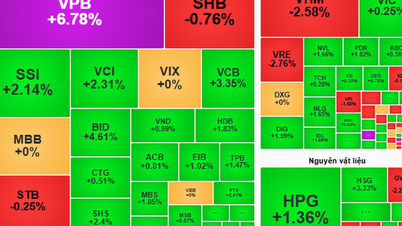









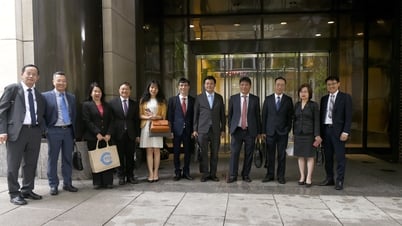
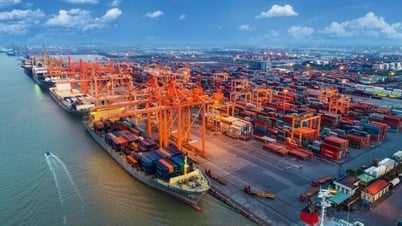
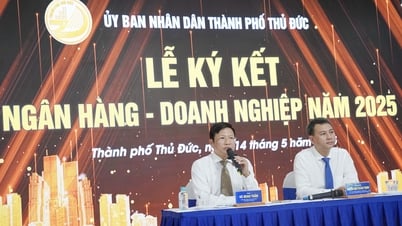
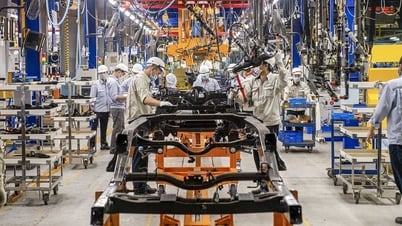
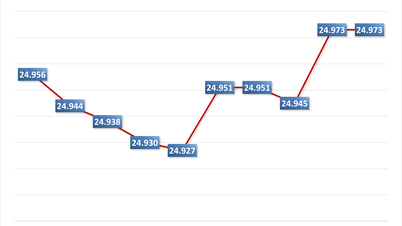











































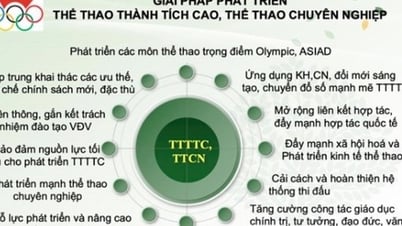


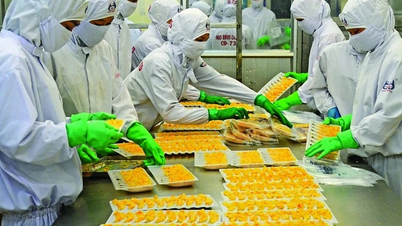







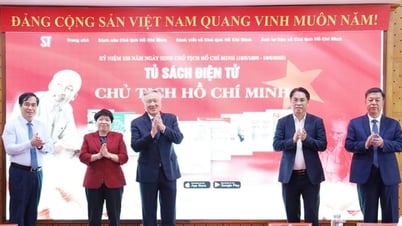












Comment (0)